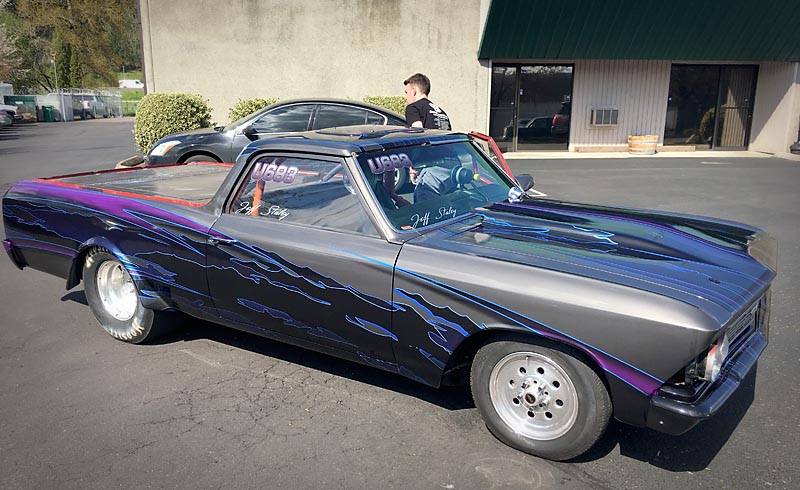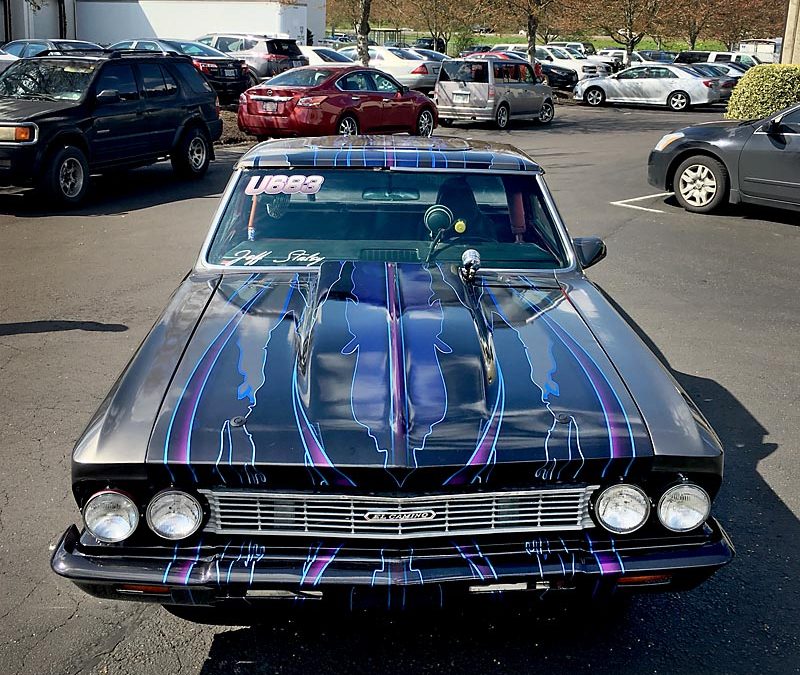Color is a powerful tool. It can affect our emotions, change our mood, and alter the way we feel about things. Not only that, color can affect us physically by raising our blood pressure, increase our metabolism, and contribute to eyestrain. Color can do some pretty amazing things to our bodies and mind. The psychology of color is fascinating, and believe it or not none of this is a new discovery.
Color’s Effect on our Physical Bodies
In fact, several ancient civilizations used color for treating various afflictions. The Egyptians and the Chinese both practiced chromotherapy. Now they used colored stones and dyes as remedies instead of vinyl vehicle wraps, but the principle still stands: color can alter the way our minds and bodies work. Here’s how color works in chromotherapy, a very physical tool:
- Red stimulates the body and mind and increases circulation
- Yellowstimulates the nerves and aids with digestion
- Orangeheals the lungs and increases energy
- Bluesoothes illnesses and treats pain
- Purplealleviates skin problems
- Green strengthens muscles, bones, and the immune system

Color’s Effect on our Emotions
It doesn’t take more than a quick glance to understand why McDonalds uses red and yellow and hospitals typically use blue. In fact, it’s believed that the installation of blue street lights in Glasgow, Scotland has reduced crime and prevented suicides! Color can be very personal, too. You may love a particular because of a dress your favorite Aunt wore, or conversely have negative affectation towards green or purple. It’s important to put aside the personal and lean on color psychology when making decisions for your brand. Here’s a quick guide for color and emotions:
- Red builds excitement and speak with youthful boldness. It’s courageous and masculine. Red is the longest wavelength and appears nearer than other colors, which makes it particularly effective on vehicle wraps.
- Yellow speaks of optimism and warmth. Yellow is the strongest color psychologically. It will lift our spirits and boost our self-esteem. There’s a reason it’s often used to highlight specials!
- Orange is friendly, confident, and creative. It’s best used to denote physical comfort: food, warmth, shelter, etc. Orange is a fun color that speaks to abundance.
- Blue speaks of intellectualism. It builds trust and instills dependable strength.
- Purple is regal, imaginative, and wise. It is contemplative and best for conceptual ideas.
- Green speaks of health, peace, and growth. It’s great for environmental awareness. Because it’s the center of the spectrum, it’s often used to portray balance.
- Grey is the only color that has no direct psychological colors. It has the same effect of grey skies — prepare for hibernation. Too much grey comes across as lacking confidence.
- Black says safety and sophistication. Psychologically it creates barriers and can denote uncompromising excellence as a result. Conversely, it can convey rigidity and oppression, so use it wisely, knowing it always peaks in absolutes.
Color’s Effectiveness in Marketing
When it comes to marketing, the right color choices can create a powerful response. A recent study at the University of Winnipeg, Canada, states that up to 90% of people make up their minds about products based solely on color. Color can even make people feel hungrier! It can calm people down. And it can even help people think their wait time is less than it actually is! The psychology of color can differentiate your brand from similar brands, and when used appropriately, can really strengthen your brand!

